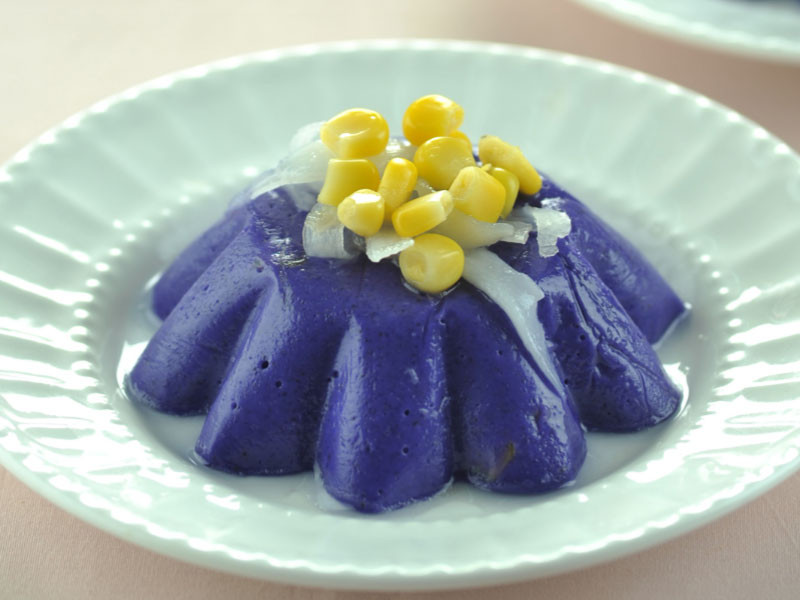Articles
The Color Purple
In 2016, the world opened its eyes to an amazing ingredient that Filipinos have loved for as long as any of us can remember.
From ice cream to puto, ube is a flavor that we identify as so essentially Filipino; one that’s been with us since childhood. So it’s no surprise that the rest of world has finally caught up to what we’ve known all along, with our favorite purple yam fast becoming a popular ingredient in modern cuisine.
Today, we see it all over Instagram. Just key in #ube on the app and you’ll see so many IG posts of people from all over gushing about how beautiful and delicious it is. The feeling is almost like learning that one of our national athletes bagged the gold, and more so when we see it listed as one of the most popular food trends of 2017.
How does the rest of the world see ube? For starters, “[It] blazes across dessert trays in amethyst-hued scoops of ice cream, cupcakes colored a brilliant violet, lavender doughnuts and macarons, and flans,” or “the purple vegetable that blew up on Instagram and then in the media,” and “Ube ice cream, made out of yams, is being touted as the food trend of the year.” Big but well-deserved words for the simple yet absolutely delicious and nutritious vegetable we all know and love, don’t you think?
Not only does it taste great, but ube also has tons of health benefits. Yams, in general, are considered to be high in antioxidants, but ube even more so because of its striking purple color. It’s also rich in vitamins A, C, and E. It is also known for its high enzyme content, which is beneficial to those who suffer from high blood pressure.
And that color! People just can’t get over how bold and beautiful it is! This is the reason the Internet has gone crazy over our extremely photogenic ube. Did you know that it’s also the one food that can serve as a natural dye for others?
We at the Maya Kitchen would like to share with you two ube recipes we think you’ll love. Try Pancakes with Different Toppings, compliments of Kanto Freestyle Breakfast. This delicious breakfast dish consists of pancakes with three kinds of toppings, among which, of course, is ube.
You can also try your hand at making a perennial favorite with our recipe for Flavored Puto, and make sure to focus your kitchen skills on an all-ube batch of rice cakes!
Ube’s subtle taste, which many claim is similar to hazelnut or vanilla, doesn’t overpower any dish. On its own, it is distinctive and people attempt to draw comparisons though they can’t quite seem to put their finger on it. For example, “Those who have enjoyed the bright purple treat have said it tastes somewhere between pistachio, white chocolate, vanilla, and coconut.” We believe our answer, as Filipinos, should be simple: it tastes like ube and nothing else.

